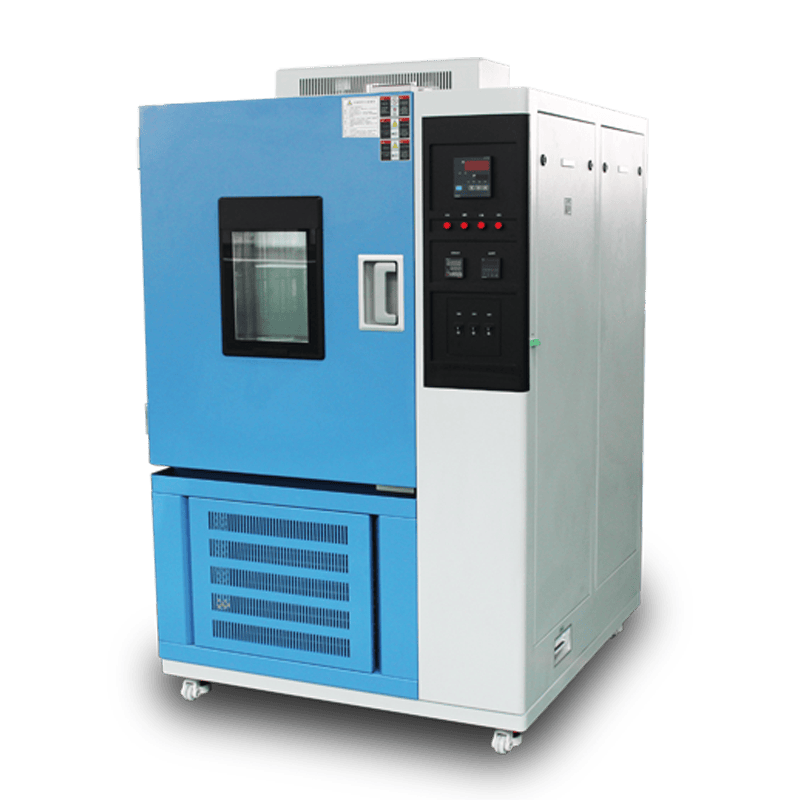As people's living standards have significantly improved, the production costs of many electrical products have also risen sharply. To help everyone save on unnecessary expenses, I have summarized some energy-saving tips for equipment—a daily savings plan that serves as a useful reference.
Here are some methods shared by Yashilin on how to make high and low temperature humidity test chambers more energy-efficient:
- Consider Details for Energy Saving
To make the equipment more energy-efficient, pay attention to various details, especially in placement. Here are some energy-saving tips:- When placing the equipment, typically leave a space of 65-70 cm on both sides for operation and maintenance. This space helps the test chamber dissipate heat. Additionally, avoid placing it next to other heating appliances, as the heat generated by these devices can increase power consumption.
- Do not pack the test samples too tightly inside the equipment. Leaving gaps allows for better air circulation, reducing the frequency of compressor operation and thus saving energy.

- Minimize Power Interruptions
Once the equipment is powered on and functioning normally, try not to turn off the power unless absolutely necessary. Frequent shutdowns not only defeat the purpose of saving energy but can also affect the lifespan of the compressor. Furthermore, the equipment should be placed in a cool, well-ventilated area, maintaining a certain distance from the wall to ensure proper heat dissipation. - Keep Door Openings Short
The time the doors of the high and low temperature humidity test chamber are open should be minimized. If there’s a power outage, avoid opening the test chamber door immediately. - Reduce Frequency and Duration of Door Openings
When taking samples in and out, try to minimize both the frequency and duration of door openings. Each time the door is opened, the internal temperature returns to its original state, requiring the compressor to work for about 5 minutes, consuming approximately 0.008 kWh of electricity.
Additionally, there’s a particularly important tip: the drain pipe on the water tray of the high and low temperature humidity test chamber is a direct channel for air exchange with the outside. We can wrap a piece of cotton around the drain funnel and secure it with fine string or tape to achieve energy savings.
If you're interested in learning more about the equipment, please follow our site for more helpful tips.













